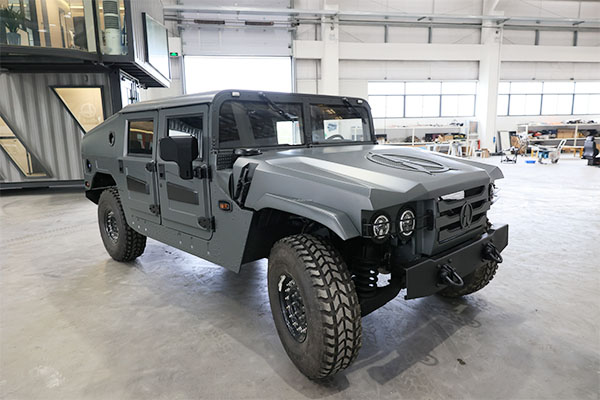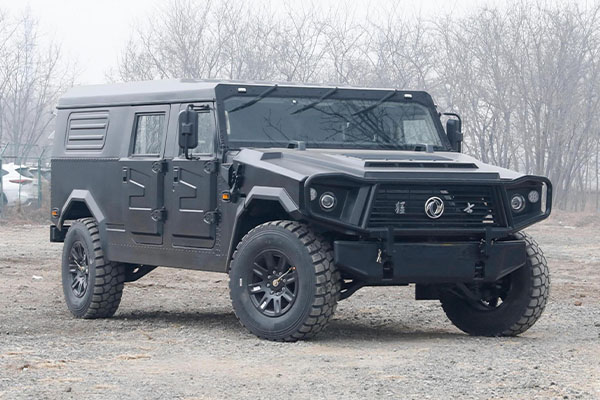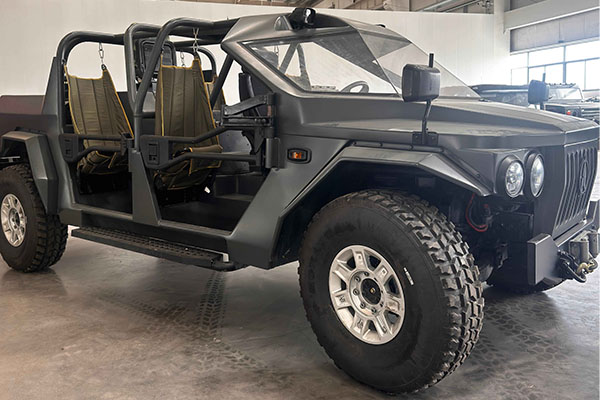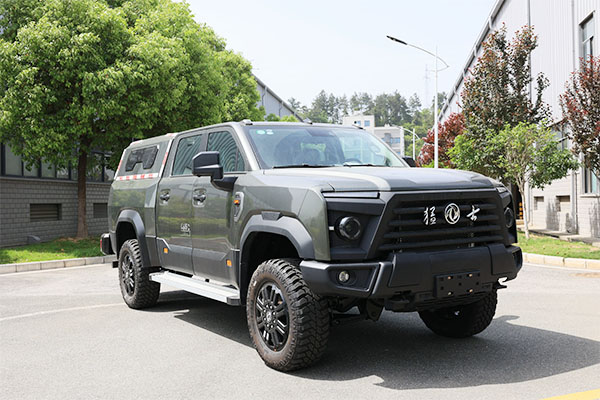How should a pure mechanical differential of a high-performance desert vehicle (pure mechanical construction) be adjusted to cope with slippage in the sand?
Release Time : 2025-09-15
When driving on sand, the tuning of a purely mechanical differential for high-performance desert vehicles must focus on improving traction distribution efficiency, reducing power loss, and enhancing anti-slip capabilities. The key is to achieve intelligent power distribution through mechanical structure optimization. Sandy surfaces are soft and have low adhesion, and wheel speed differences can easily occur due to load differences or sand resistance. Traditional open differentials will preferentially transfer power to the slipping wheel, causing the vehicle to become trapped. Therefore, tuning must focus on the differential's locking characteristics, gear mesh accuracy, and preload control to ensure more precise and efficient power transmission.
Adjusting the differential locking mechanism is key to combating slippage on sand. Traditional differentials rely on planetary gear sets to achieve differential speed, but when driving on sand, the differential range must be limited to prevent power loss. High-performance desert vehicles can achieve this by adjusting the preload spring of the mechanical limited-slip differential (LSD). Increasing the preload spring pressure increases the engagement between the friction plates, causing the differential to lock at even a small speed difference, forcing power to the non-slipping wheel. For example, by increasing or decreasing the number of friction plates between the differential housing and the planetary gears or adjusting the thickness of the spring washers, the locking torque threshold can be altered, ensuring more balanced power output when climbing or pulling out of a sandy terrain.
Optimizing gear mesh clearance is key to reducing power loss. The meshing accuracy of the gears within the differential directly impacts transmission efficiency. Excessive clearance can cause gear shock and increased noise, while too little clearance can cause overheating or seizure. Driving on sandy terrain frequently involves acceleration, deceleration, and steering, placing higher dynamic loads on the gears. High-performance desert vehicles can optimize clearance by adjusting the differential bearing preload: using a ring-shaped adjustment nut to adjust the distance between the outer end faces of the bearing caps to maintain proper bearing tightness and ensure accurate gear axial positioning. For example, fine-tuning the distance between the left and right bearing caps can balance gear mesh rigidity and flexibility, reducing power fluctuations during sandy driving.
Preload control is crucial for improving differential reliability. When driving on sandy terrain, differentials must withstand harsh conditions such as sand intrusion and temperature fluctuations. Insufficient preload can cause component loosening, while excessive preload can accelerate wear. High-performance desert vehicles can adjust the preload by adding or removing adjustment shims inside the differential bearings: increasing the shim thickness reduces bearing clearance and increases preload, while reducing the shim thickness reduces preload. Adjustment should take into account the vibration characteristics of driving on sandy terrain to ensure that the preload can withstand the impact of sand piles while preventing component seizure due to thermal expansion.
Integrating a mechanical differential lock significantly enhances anti-slip capabilities. For extreme sandy conditions, high-performance desert vehicles can be equipped with a purely mechanical differential lock (such as a tooth-type differential lock), which can achieve full differential lock through manual or automatic control. A tooth-type differential lock uses a splined hub connected to the differential housing to force the left and right axle shafts to rotate synchronously, eliminating speed differences. During adjustment, ensure smooth engagement of the locking mechanism to prevent seizure caused by sand intrusion. For example, adding a spring buffer to the differential lock lever can reduce the impact force during locking and extend component life.
Matching the differential and drivetrain is also critical. When driving on sand, the engine torque output characteristics and the timing of differential locking need to be optimized in tandem. High-performance desert vehicles can adjust the transmission final drive ratio or transfer case gear ratio to enable the differential to lock earlier under low-speed, high-torque conditions, improving escapement capabilities. For example, appropriately adjusting the final drive ratio can amplify engine torque, allowing the differential to lock at lower speeds, ideal for climbing hills on sand.
Regular maintenance and dynamic tuning are essential for ensuring long-term performance. After driving on sand, sand easily accumulates inside the differential, requiring regular disassembly, cleaning, and recalibration. During maintenance, gear wear should be inspected, worn parts should be replaced promptly, and clearance and preload should be readjusted. Furthermore, tuning parameters can be dynamically optimized based on actual driving data (such as slip frequency and escape time) to better match differential performance to sandy road conditions.
The tuning of a purely mechanical differential for a high-performance desert vehicle requires a balanced approach to structural optimization and dynamic adaptation. By adjusting the locking mechanism, optimizing gear clearance, controlling preload, and integrating differential locks, the vehicle's anti-slip capability in sandy conditions can be significantly improved, providing stable and reliable power transmission.







